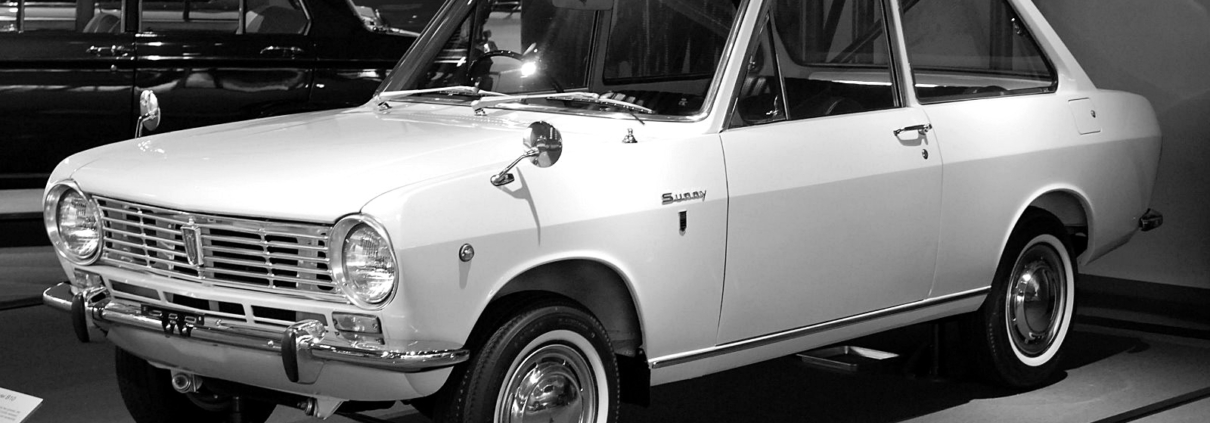Pt. 5: From American Occupation to Economic Juggernaut
Population in 1950: 82 million people
From the ashes of war-wrecked Japan came an economic juggernaut. While the American occupation was originally given instructions from U.S. President Truman to decisively weaken the Japanese state, General Douglas MacArthur had a different plan: reform Japan into an American-style democracy and give it all of the support that it needed. His vision for Japan was to become an emblem of the superiority of capitalism vs. communism, which quickly became a divisive issue immediately after the conclusion of WWII.
General MacArthur orchestrated many reforms, played a role in drafting the Japanese Constitution, and also helmed a major land reform that completely reshaped the fortunes of rural Japan. Approximately 4,700,000 acres (1,900,000 ha), or 38% of Japan’s cultivated land, was purchased from landlords under the new government’s reform program, and 4,600,000 acres (1,860,000 ha) was resold to the farmers who worked them. By 1950, 89% of all agricultural land was owner-operated and only 11% was tenant-operated.
MacArthur also abolished Japan’s hereditary peerage using the new Japanese constitution, stripping the extended royal family of all rights and privileges. The only Japanese who were allowed to call themselves a part of royalty or nobility after the U.S. occupation were the Emperor and about 20 of his direct family members. This transformed Japan drastically by dismantling the extended royal family class and the nobility class.
Under the American occupation came a massive shift from a huge wealth gap to a largely more equalized and democratic society. Urban migration began in this period, when young people were sent by their families to urban centers to make money to send back home while rural areas suffered from poverty in the early post-war era.
Japan’s population growth was consistent throughout this period. U.S. support followed by a pragmatic approach by the newly reformed government to rebuilding Japan’s industry and commerce after the U.S. occupation ended in 1951 led to a whirlwind of prosperity.
To put things into perspective, in 1950 the average annual wage was 100,100 Yen, in 1960 it was 259,600 Yen, in 1970 it was 825,900 Yen, in 1980 it was 2,689,000 Yen, and in 1990 it was 3,761,000 Yen.
Japan’s economic miracle is well-documented, so we won’t bother you with the details, but this is the era when major Japanese firms like Toyota, Panasonic, Sony, Nikon, Mitsubishi, Mitsui, and others became major forces in the global market, taking advantage of the favorable exchange rate and hard-working employees to transform Japan from early postwar poverty into exponential growth in both corporate profit and wages.



